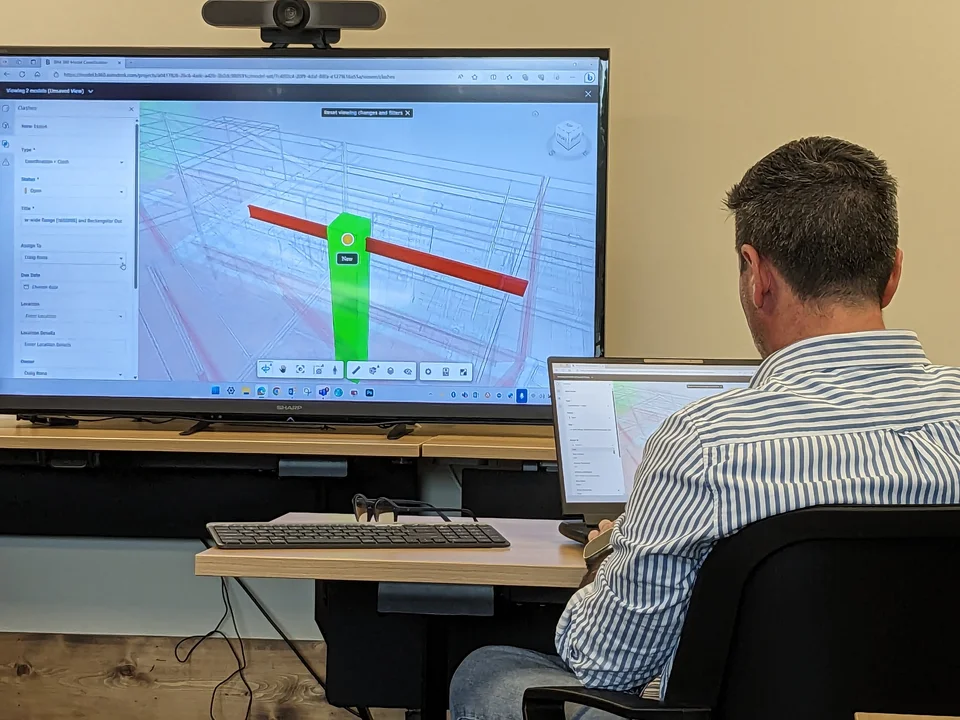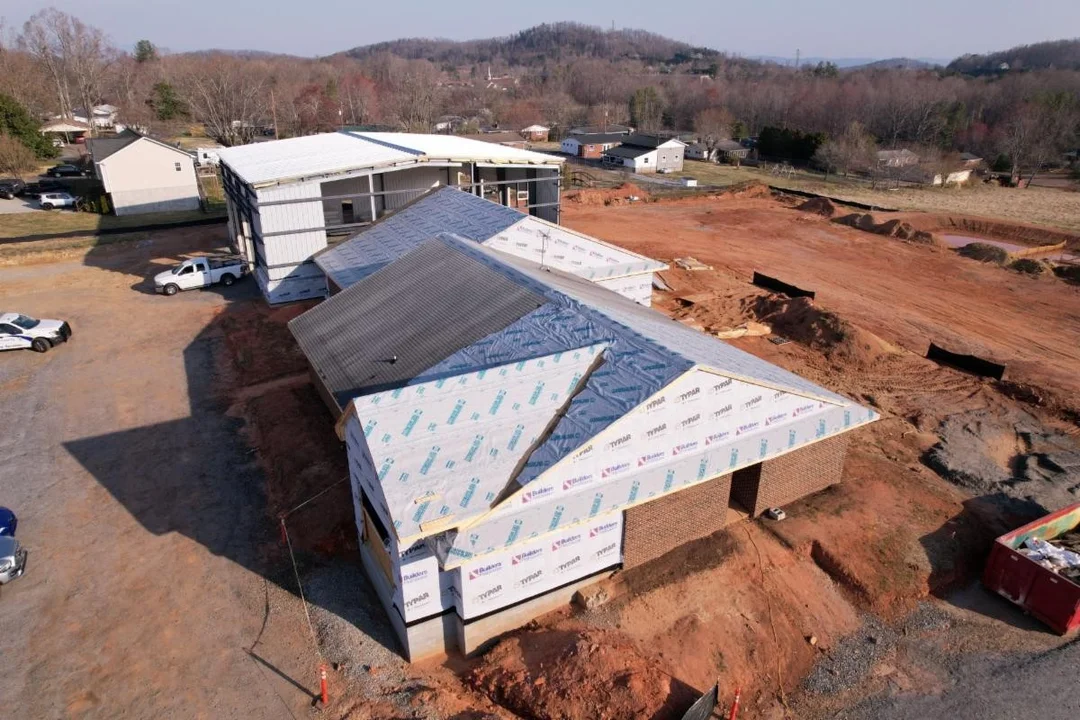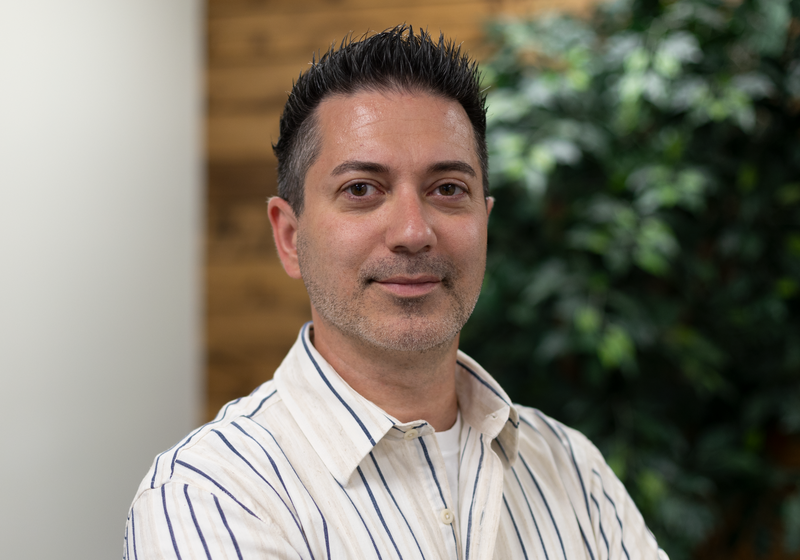Why Integrating AI Technology into AE Design Matters
Technology is a trendy topic in the AE industry, but questions proliferate as to the best ways to use it.
For Craig Rona, an architectural designer and BIM Manager with over 20 years’ experience-- keeping abreast of technology and understanding the impact it can have on designs is his superpower.
Since arriving at Atriax five years ago, it’s been Craig’s goal to educate his peers on the latest technology and how it can improve the finished product while saving time. When Craig arrived, only one person in the firm knew how to use Revit.
Craig’s first mission was introducing his co-workers to the “digital twins.”
This is a popular trendy term in the industry, referring to a 3D model of a physical product that is made of real-time data. This model is generated through Revit and Autodesk Construction Cloud (ACC).
Revit has been a game changer for Atriax and Craig recommends it as a starting point for any A/E firm. Revit and ACC allow users to share files situated in the cloud and collaborate as a true team.
Other tools Craig promotes and oversees are LiDAR, clash detection, and ultrasonic wall-scanning technology. And by integrating drone technology for aerial imaging and drone surveys, users aren’t guessing at any point in the design or construction process. They’re working with real data.


This panoply of tools provides another level of efficiency and accuracy to investigative services and construction oversight, and overall, enhances the project outcomes for clients/owners.
Efficiency means the job is finished faster, and accuracy refers to providing the best product with little to no mistakes. Completing the job quicker alone doesn’t necessarily translate into a job well done.
For example, when looking at a model while utilizing clash detection, any overlapping design of the disciplines is caught. Without the technology, design incompatibilities could very well exist, leading to change orders and more costs for the client down the road. Visual models also allow the AE and owner to visually examine and evaluate the systems and question the efficiency of the existing design.
Ultimately, this technology matters because it protects the client’s investment. For the AE firm, it reduces risk, extends the life of existing infrastructure, and creates a clear record of decisions. For owners, it means lower life-cycle costs, safer facilities, and projects that deliver as promised.
Using technology shouldn't be about chasing trends. It’s about ensuring accuracy and reliability in every project. Technological tools like Revit, ACC, clash detection, ultrasonic wall-scanning technology, and drone technology allow project stakeholders to coordinate precisely, in a single virtual environment, which reduces miscommunication, design clashes, and costly field conflicts.
This means fewer surprises during construction and more confidence in the documents and models the AE delivers.
“Smart” tools allow your AE firm to uncover hidden conditions, verify site information, and make informed design decisions early. That capability should be important to project owners in preventing change orders, protecting budgets, and ensuring safety.
What’s next?
Craig is looking into ACC-Build, which has online processing tools for site visits, reports, submittals, RFIs, etc. All of the different tasks in a design project would fall under one umbrella.

Craig Rona, Associate AIA, is an Architectural Designer and BIM Manager for Atriax Group. Craig holds a BA in Interior Architecture & Environmental Design and an MS in Architectural Studies. He has 20 years of experience in architecture, MEP, BIM, and is a Certified Autodesk Revit User. He is an FAA certified remote pilot and can fly unmanned aircraft drones for 3D mapping, inspections, and aerial photography.
